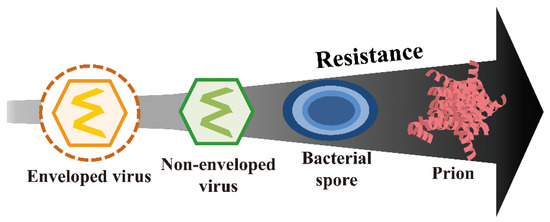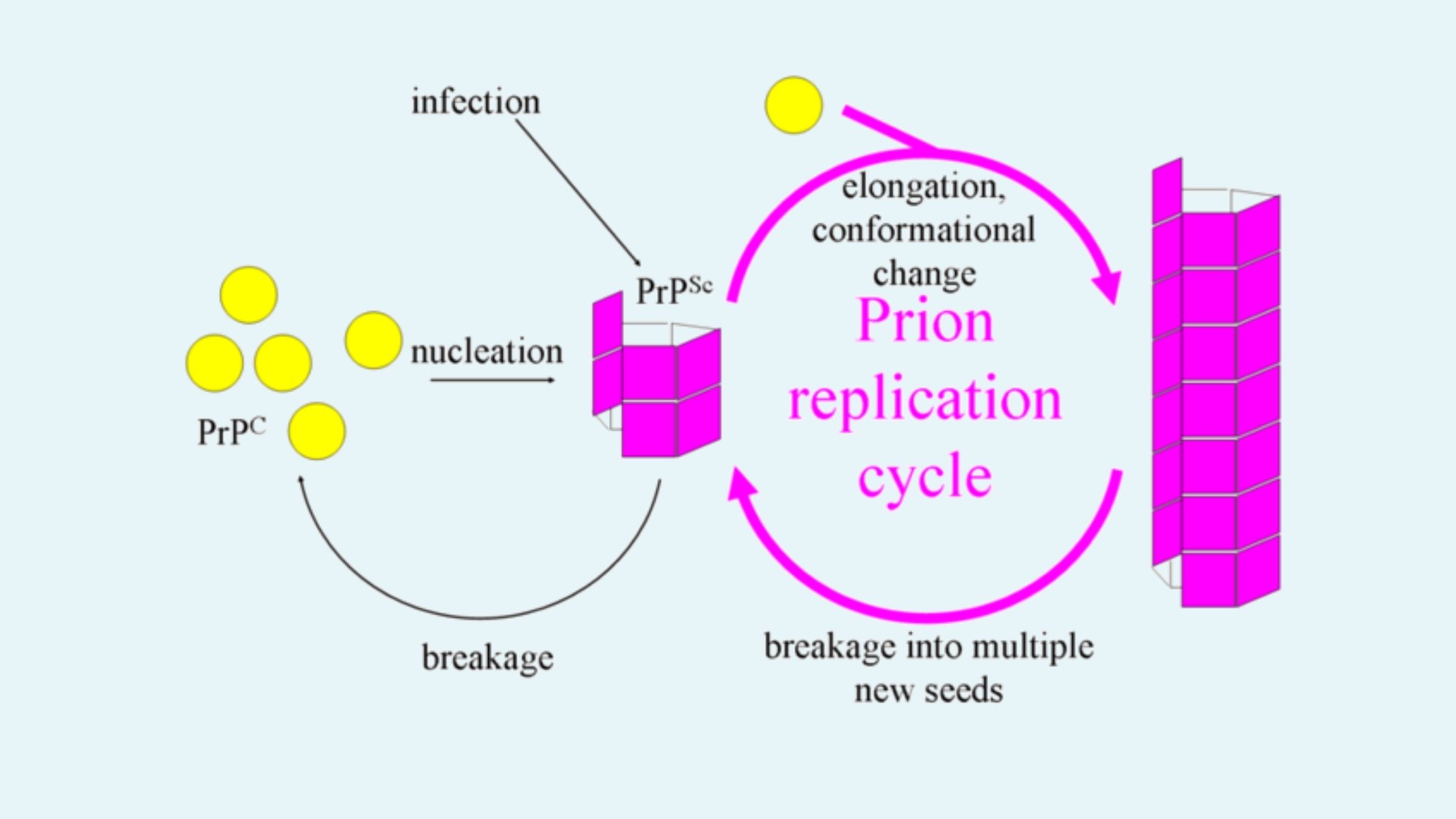Reference




OpenAI's Answer
Prions are notoriously difficult to render non-infective using standard sterilization procedures due to several unique characteristics:
-
Extreme Resistance: Prions exhibit extreme resistance to conventional inactivation procedures. These include methods like boiling, irradiation, dry heat, and commonly used chemical agents. This resilience makes prions highly resistant to most standard sterilization techniques.
-
Structural Stability: The structural stability of prions contributes significantly to their resistance. They are composed of abnormally folded proteins that aggregate into amyloids, which are highly stable and resistant to denaturation and degradation by conventional means.
-
Conventional Methods Ineffectiveness: Research has shown that standard hot-air sterilization at 180°C for 2 hours, which is effective against many other pathogens, is insufficient to inactivate prions responsible for diseases like Creutzfeldt-Jakob Disease (CJD). Consequently, prions can remain infectious despite typical sterilization efforts.
-
Special Procedures Required: Due to their high resistance, special procedures are often required to achieve prion decontamination. These procedures may involve extended autoclaving at higher temperatures, the use of concentrated sodium hypochlorite, or other aggressive chemical treatments specifically designed to break down the prion protein structure.
For more detailed information, you can read the article titled "Prion Sterilization: Common Challenges" on Consteril's website: https://consteril.com/prion-sterilization-guide/.

Follow Up
Related
Why is pretexting considered difficult to prevent in cybersecurity?
What are some historical examples of people using shijie to escape difficult situations?
How did England manage to win the 1894–95 Ashes series despite difficult conditions?
Why might it be difficult to replicate the development of the American Rabbit breed?